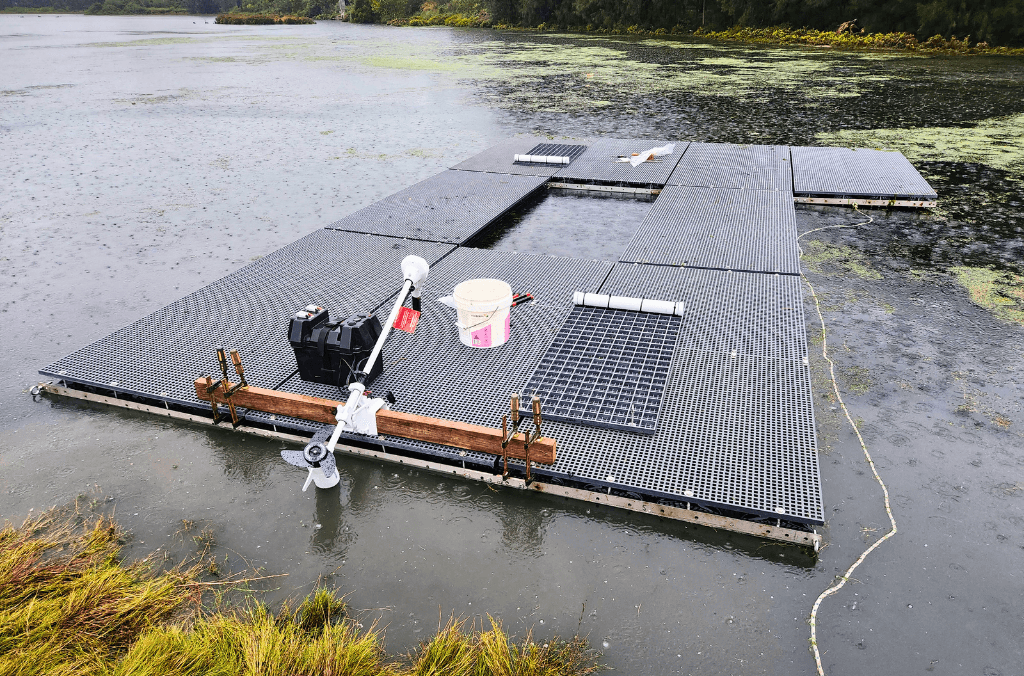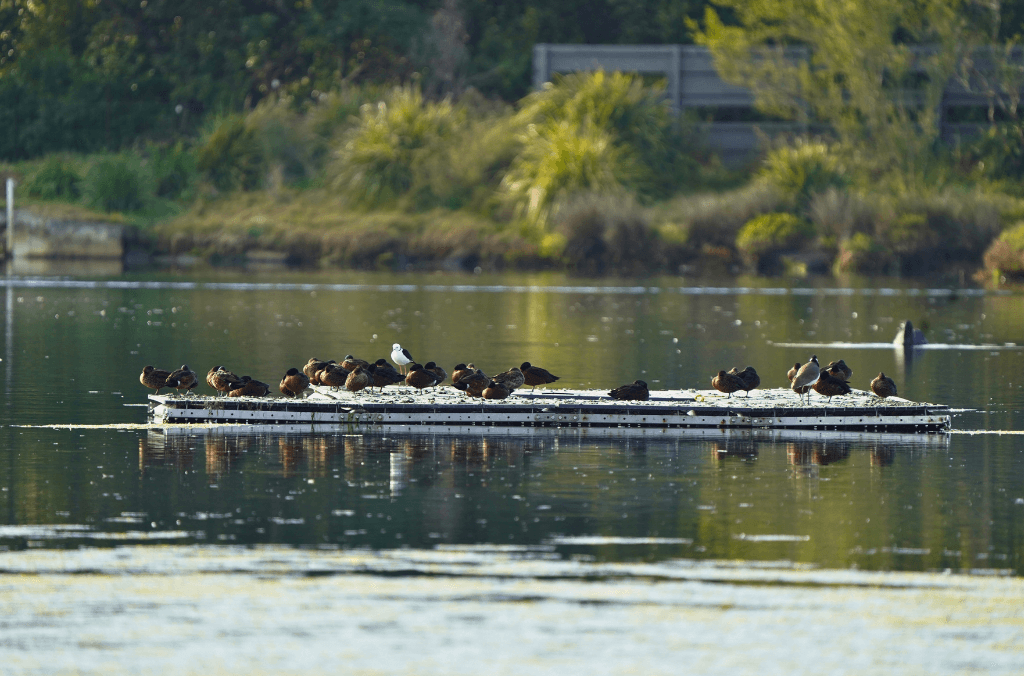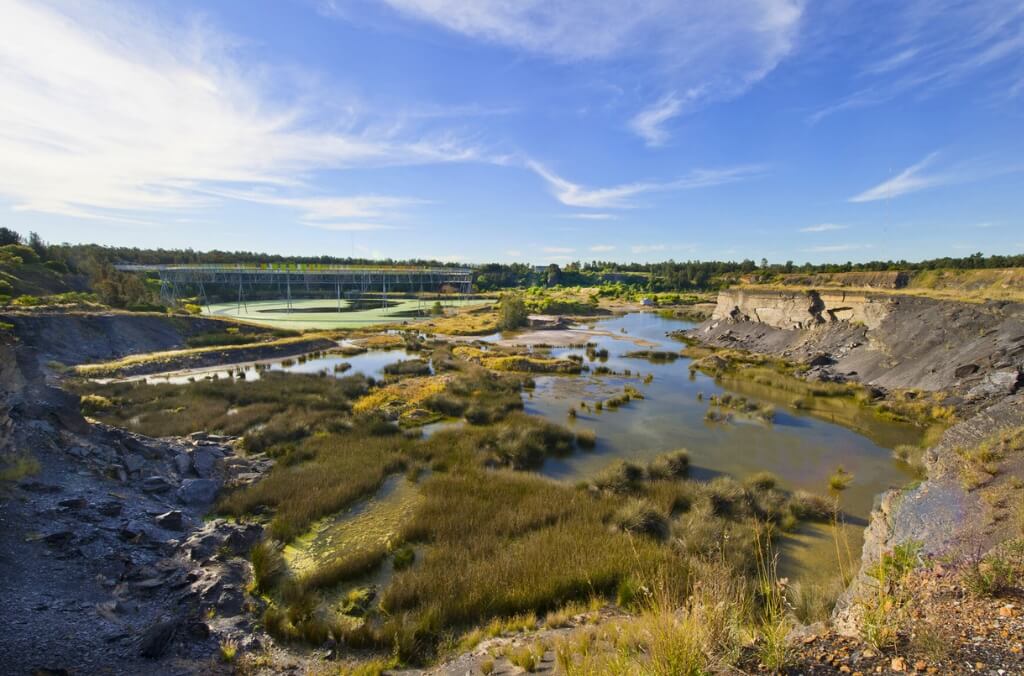New island for the Waterbird Refuge
All aboard! An exciting new island is afloat at the Waterbird Refuge.
All aboard! An exciting new island is afloat at the Waterbird Refuge.
This new island will be the fourth artificial island in the Waterbird Refuge joining 2 other floating islands (installed in 2012 and 2020) and one dirt island constructed in 2007.

The new modular floating island was installed during challenging conditions – torrential rainfall, freezing temperatures and bad visibility.
The Waterbird Refuge provides habitat for many common and protected bird species including the incredible migratory shorebird group. These birds are known to prefer structures surrounded by water as nesting and roosting habitat as they are safer from disturbance and predation. As the Refuge originally had no safe places for birds to roost and nest, islands of different styles have been introduced over time.
Floating islands are a great choice where natural waterbound structures are absent. The new modular island installed by WET Systems will ride the tide and is constructed of floats topped by dura-grating and has been fitted with ramps so birds and their little chicks/ducklings/young can climb on board.
In order to be confident the islands were successful and to inform any management of the islands, a monitoring program was initiated. Twenty-one species were recorded using the islands during the study, 8 of which were observed using all island types. Grey Teal, Chestnut Teal and Silver Gull were the most abundant species. Two species, the Black Swan and the Black-winged Stilt have nested on the islands and richness and abundance were greater on the floating islands than the dirt island. The vast majority of species prefer the floating islands to the dirt island, making more frequent use of them and in greater numbers. This may be due to the dirt islands closeness to the pathway and human disturbance.
So far seven species of waterbird have been recorded on our new island: Chestnut and Grey Teal, Australian Pelican, Red-necked Avocet, Masked Lapwing, Black-winged Stilt and Caspian Tern. Keep watching as more species get on board.

Birds happily adopted the new island within 24 hours of installation.
You might also be interested in...


This week is Parks Week - a time of celebrating the incredible role parks and open space.


If you look closely, you may spot beautiful terrestrial orchids flowering at Sydney Olympic Park.


5 management actions carried out across the wetlands in the Park.